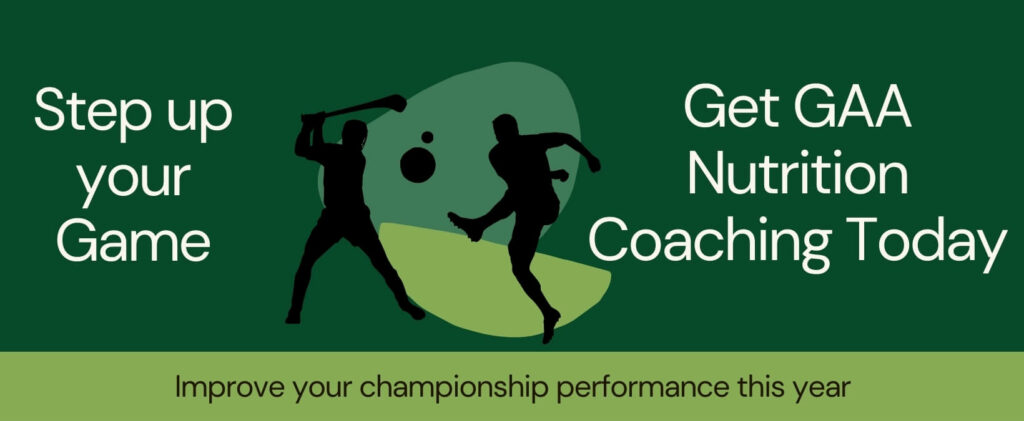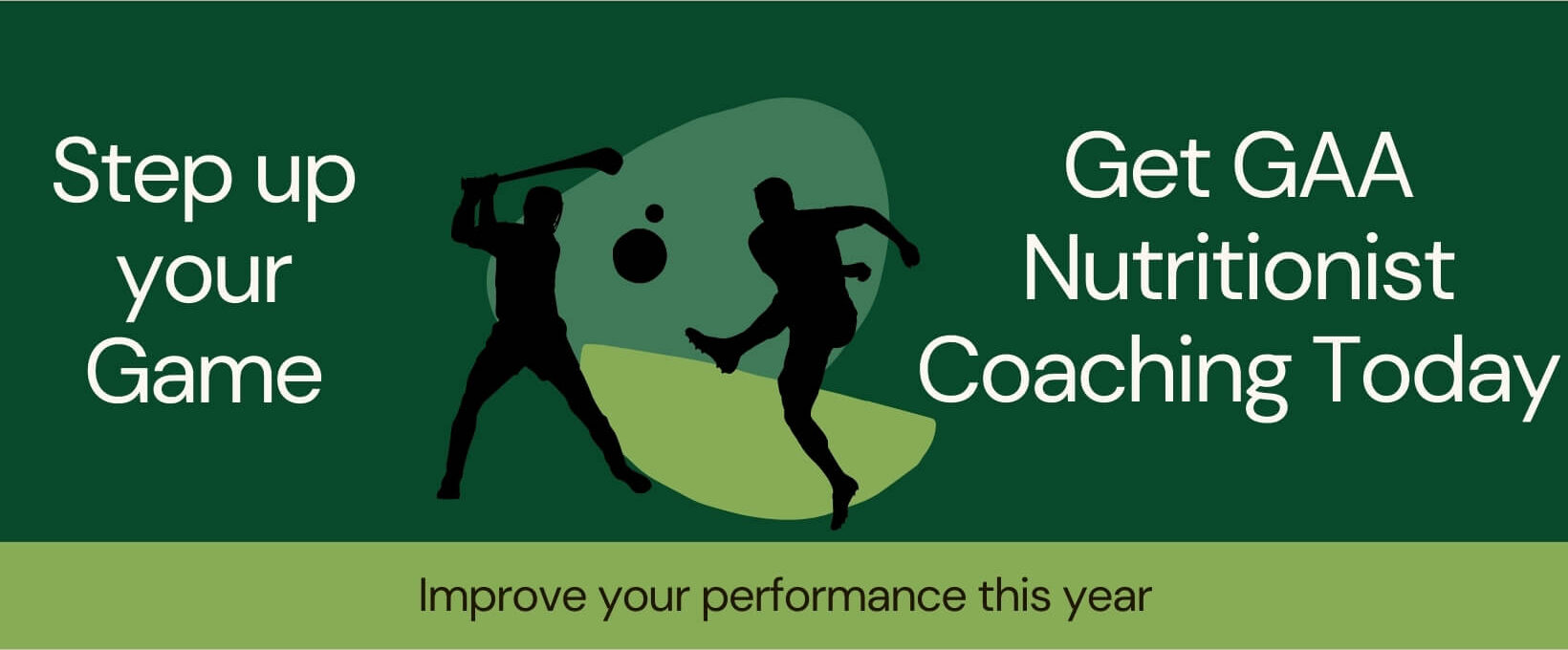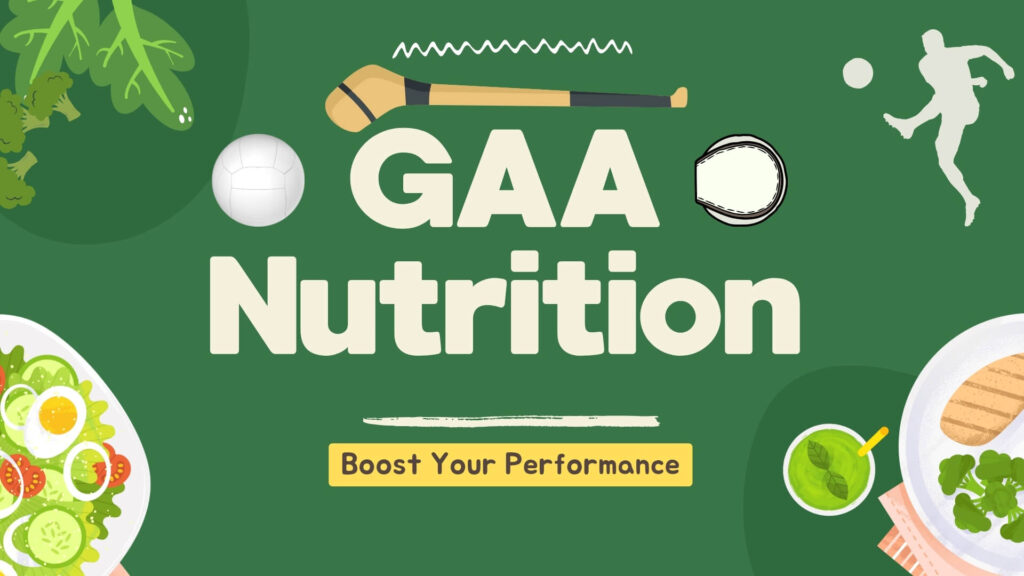
Like any sport, if you want to maximise your performance – getting the nutrition down is crucial.
And for GAA nutrition, there’s a few things to consider.
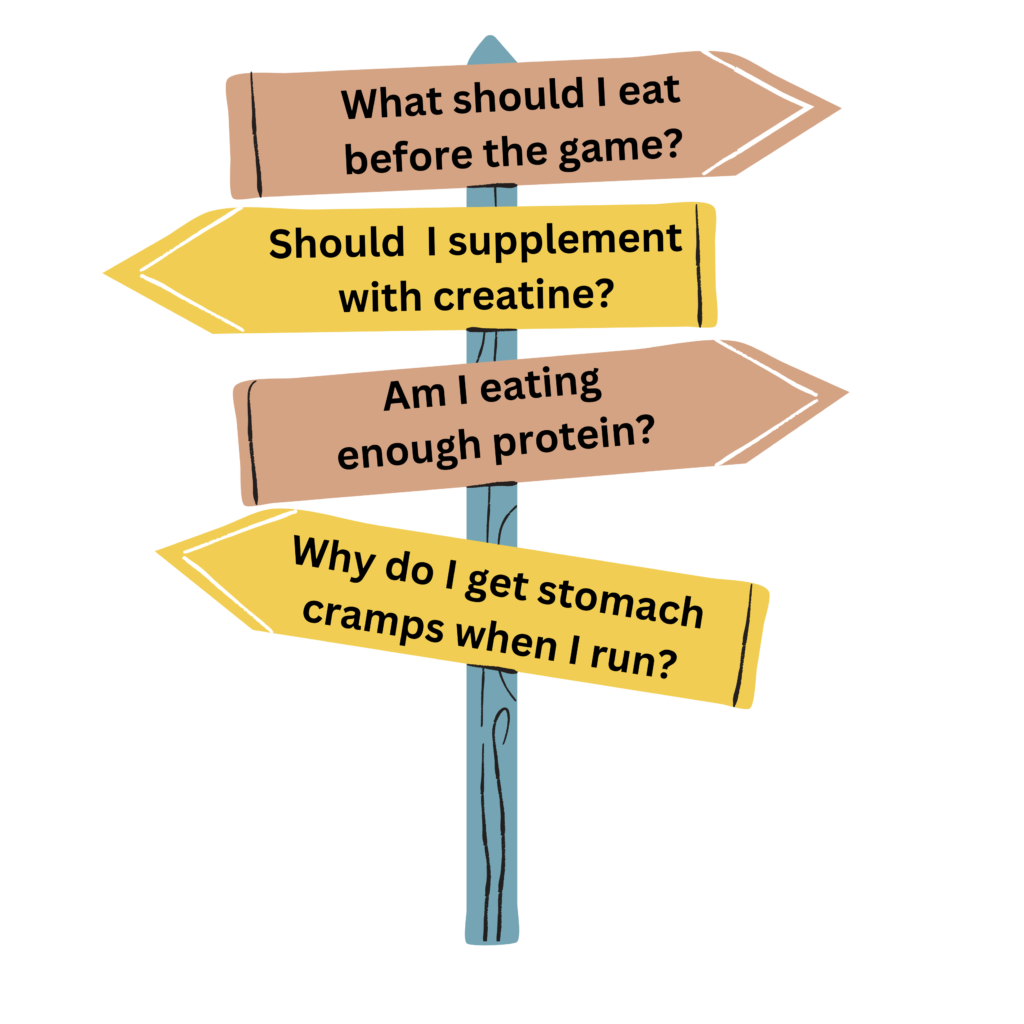
Contents for this post
- 1 What most GAA players get wrong about nutrition
- 2 What should a GAA player eat?
- 3 The 8 nutrition questions every GAA player must answer (to up their performance)
- 4 What is the best protein for GAA players?
- 5 A lot to process? Get 1-1 GAA nutrition coaching
- 6 Improve your GAA nutrition
- 7 What should I eat the day of a GAA match?
- 8 How to optimise nutrition for recovery
- 9 Get 1-1 GAA nutrition Coaching
- 10 Nutrition for GAA training vs match
- 11 3 Recipes for GAA Nutrition
- 12 Other common questions about GAA nutrition
- 13 Need a GAA nutritionist? Get the edge in championship for 2024
- 14 Improve your GAA nutrition for 2024
What most GAA players get wrong about nutrition
Whats the difference between the average intermediate player and the average senior player? or even at inter-county?
It’s small tweaks. The difference between levels is small details.
The size of the pitch is the same. The rules are the same.
Generally, at the next level up, the players are more:
- Faster
- Fitter
- Stronger
- More Skilled
Tailored nutrition can help you improve on the first 3.
And for many GAA players, they overlook nutrition to give them that extra 10%.
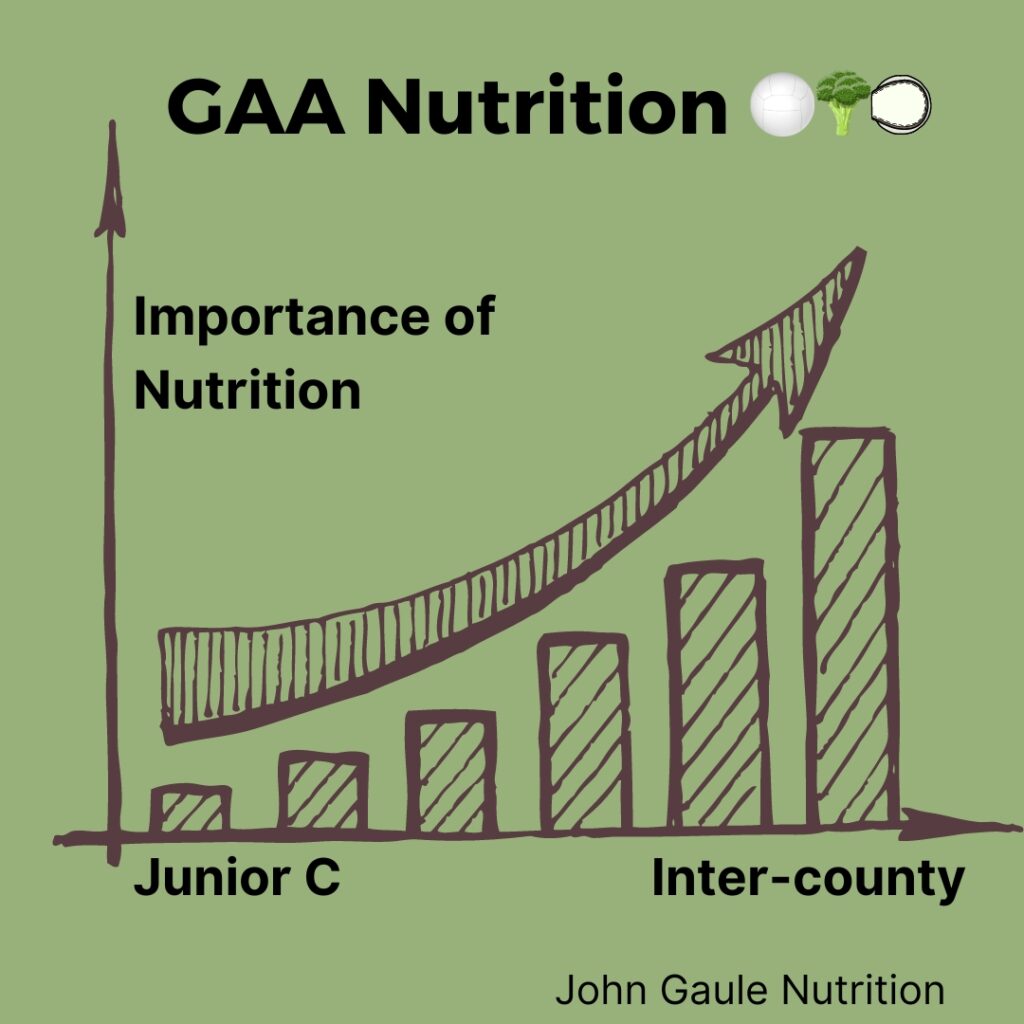
What should a GAA player eat?
This is one of the biggest levers that you can pull, to give maximums gains on the pitch.
However…There’s a lot of confusion and opinions.
Let’s keep it simple.
Here are 8 questions to guide your nutrition this year. If you answer no to any of these 8 questions – it’s likely an area where you can improve.
The 8 nutrition questions every GAA player must answer (to up their performance)
- Q1: Are you consuming enough protein to help with your recovery from each training session? Or are you consuming sufficient protein to help you build muscle during the off season?
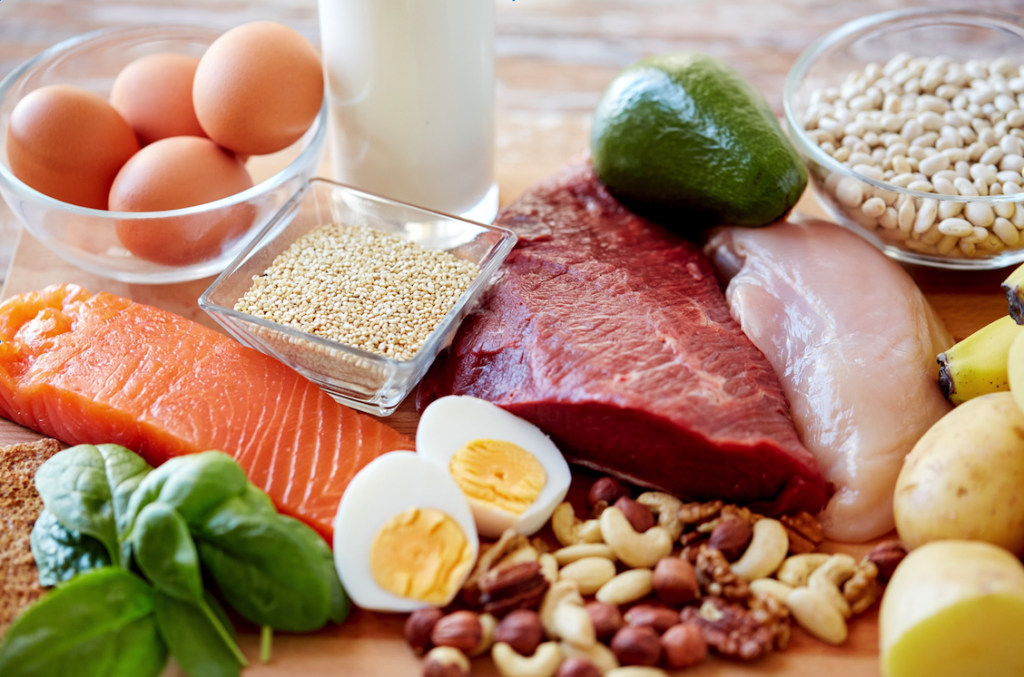
Aiming for ~1.7-2g of protein/kg of bodyweight/day will suffice for both of these (Campbell et al., 2007).
- Q2: Are you consuming enough Carbohydrates to fuel your training sessions and matches on 5-6 days each week? And are you consuming enough Carbohydrates after these training sessions to help optimise your recovery?
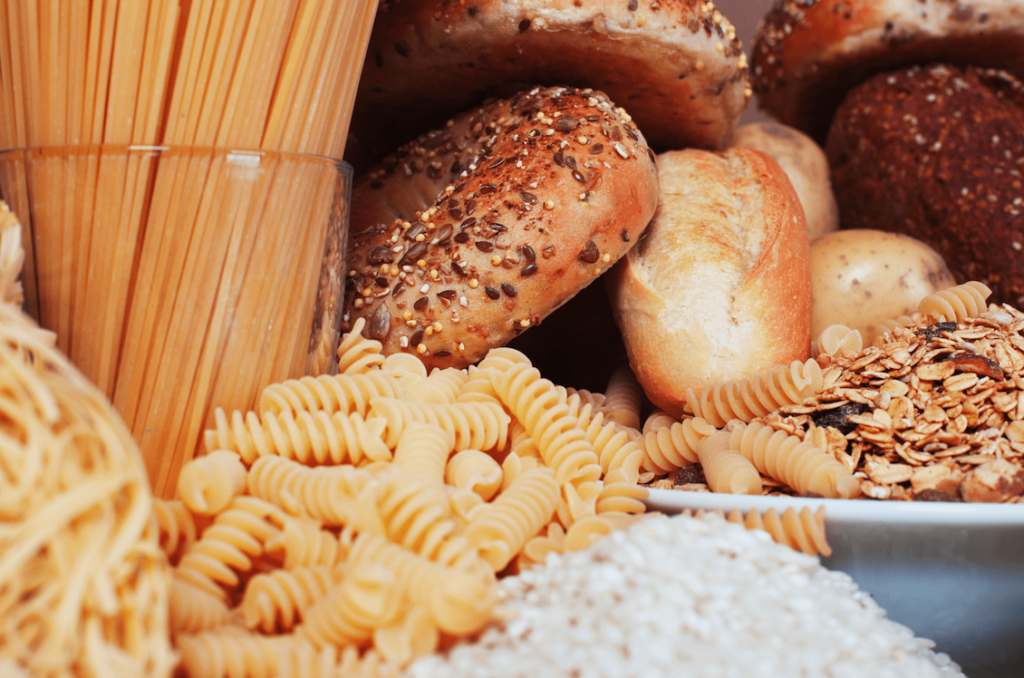
Players doing 2–3 hours per day of intense exercise performed 5–6 times per week typically need to have a diet consisting of ~5–8 grams/kg/day (Kreider et al., 2004).
- Q3: Are you consuming a wide variety of fruit and veg to avoid any nutritional deficiencies and thus reduce your chances of having low energy or lowering your immune system?

A low immune system leaves you more open to contracting colds/flus which could lead you to missing out on valuable training sessions or game time (Shao et al., 2021).
- Q4: Are you eating enough unsaturated fats to help with your recovery from your training and matches?
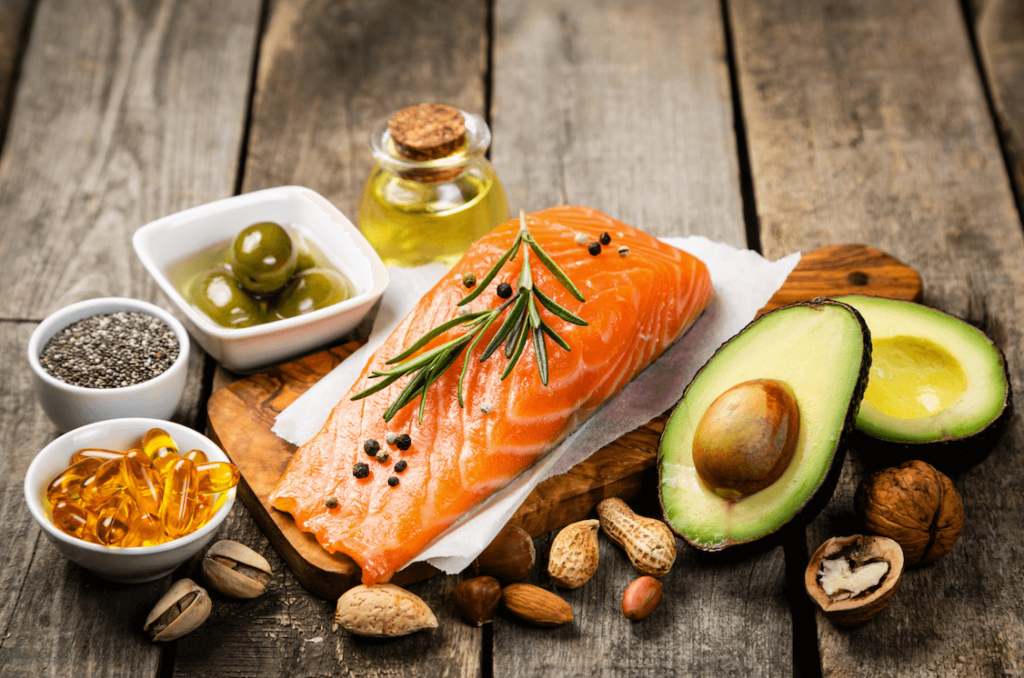
Nuts, seeds, nut butters, avocado, Extra virgin olive oil and fatty-fish such as salmon, mackerel, herring and sardines are all sources of healthy fat (Kim & Lee, 2014)(Lundsgaard et al., 2020)
- Q5: Are you meeting your calcium requirements each day?
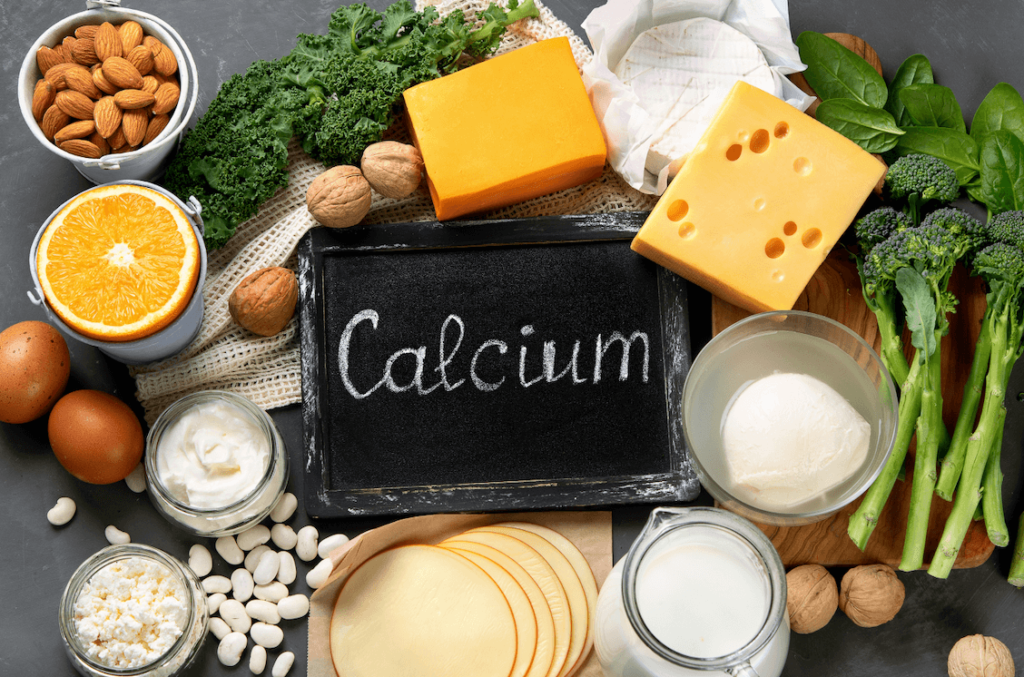
2-3 servings should be enough to meet your target. Dairy products such as cheese, yoghurt and milk or fortified cereals/soya milk or green leafy veg such as kale or fish where you eat the bones such as sardines are all good sources of calcium. Insufficient calcium intake can put you at a greater risk of a bone injury (Sale & Elliott-Sale, 2019)
- Q6: Are you consuming enough liquids to support your performance? And are you drinking enough before and during your training or matches?
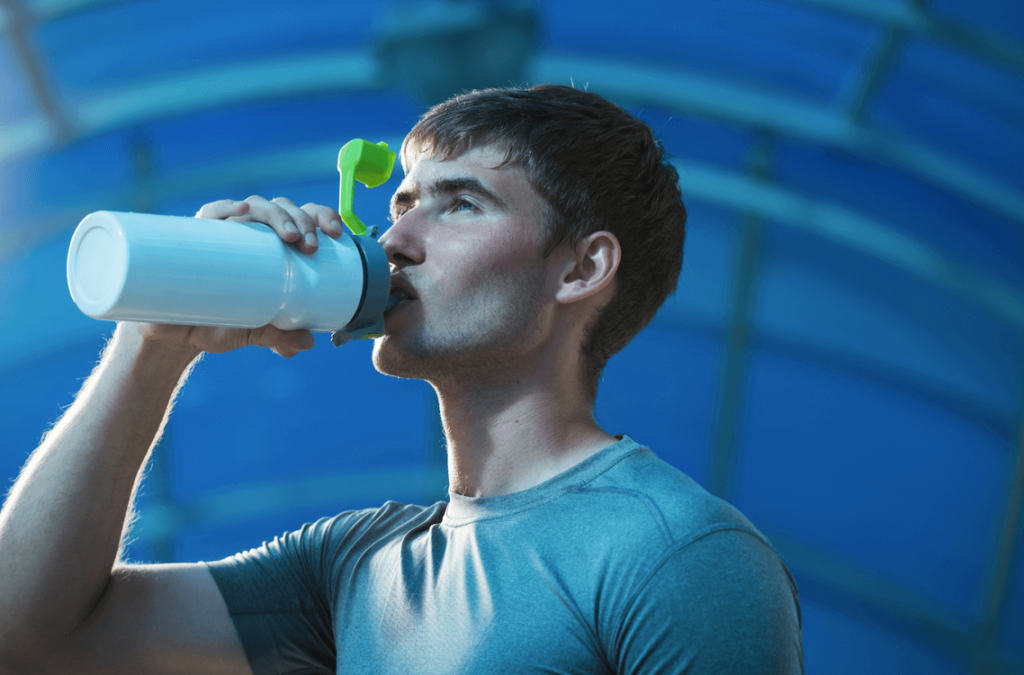
Multiply 40mls x your bodyweight (in kg) to get a rough starting point on what you should be consuming on a daily basis. For example 70kg x 40mls = 2,800 mls (or 2.8 litres). This can be more or less depending on the individual and the environment they are in.
Before exercise, aim to drink ~500 to 600 ml of water or sports drink 2 to 3 hours beforehand and additional 200 to 300 ml of water or a sports drink 10 to 20 min before exercise. During exercise, a practical recommendation would be to drink small amounts of fluid (100-300 mL) every 15 to 20 minutes of exercise. Of course, again, this can potentially be higher/lower depending on the individual and the environment they are exercising in.
A more accurate method to estimate your fluid intake during exercise is to measure your bodyweight before and after exercise for a known duration of time and correct for any fluids/solids consumed
- Q7: Are you supplementing with Vitamin D from October to March?

During these months, we are unable to synthesise Vitamin D from the sun*. Therefore, it is important to supplement during these months. Low Vitamin D status can affect the body in a number of ways including increased chance of developing bone stress injuries, a reduced immune response and lower strength.
2000-4000 IU/day would be recommended for adult athletes although that could potentially be more or less and the only way of knowing how much you should be taking would be to get a Vitamin D blood test (Yoon et al., 2021)(Aranow, 2011)
*This is assuming you are living in Ireland.
- Q8: Are you supplementing with Creatine?
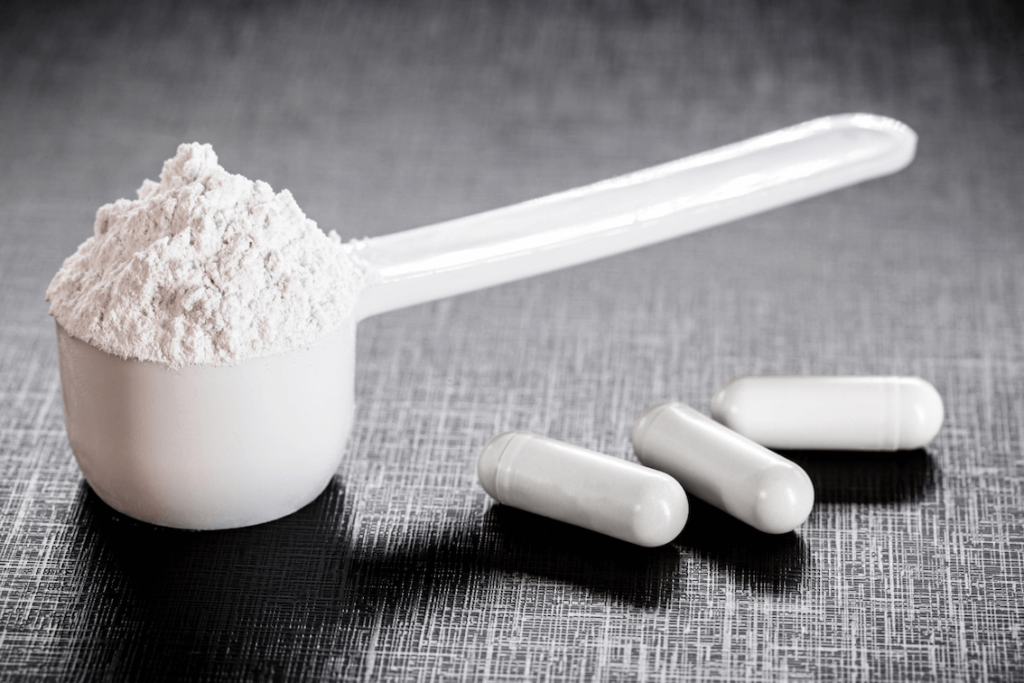
Creatine can help with improving sprints and jump height aswell as an increase in strength. 3-5g per day or 20g for 4 days followed by a maintenance dose of 3-5g should suffice (Wax et al., 2021)
So what should a GAA player eat then?
In sum, a GAA player should have a well-balanced diet with sufficient protein & carbohydrates to fuel and recover from their training sessions/matches.
That along with a wide variety of fruit and veg and healthy fat sources to help with recovery and to meet all nutritional deficiencies where possible. Sufficient fluid intake and supplements such as Vitamin D and Creatine to help keep the immune system healthy and improve performance on the field.
Make sense?
Good. Now, let’s cover a fundamental of nutrition for all GAA players; protein.
What is the best protein for GAA players?
The best source of protein for GAA players, (like any athletes) should meet their unique dietary needs for performance, recovery, and overall health.
Animal-based protein sources are great choices for GAA players. Think:
- lean meats (chicken, turkey, lean cuts of beef)
- fish
- eggs
- dairy products etc
These sources provide high-quality protein with complete amino acid profiles, essential for muscle recovery and growth. Moreover, they offer additional nutrients like iron, zinc, and B vitamins, which are vital for energy metabolism.
What about plant based protein?
There are many suitable protein options for Vegan or Vegetarian GAA players. Excellent plant-based protein sources include
- legumes
- beans
- lentils
- tofu
- quinoa
When combined strategically, these sources can provide complete amino acid profiles.
Protein shakes or bars can also be convenient for meeting protein needs, especially when players have busy schedules.
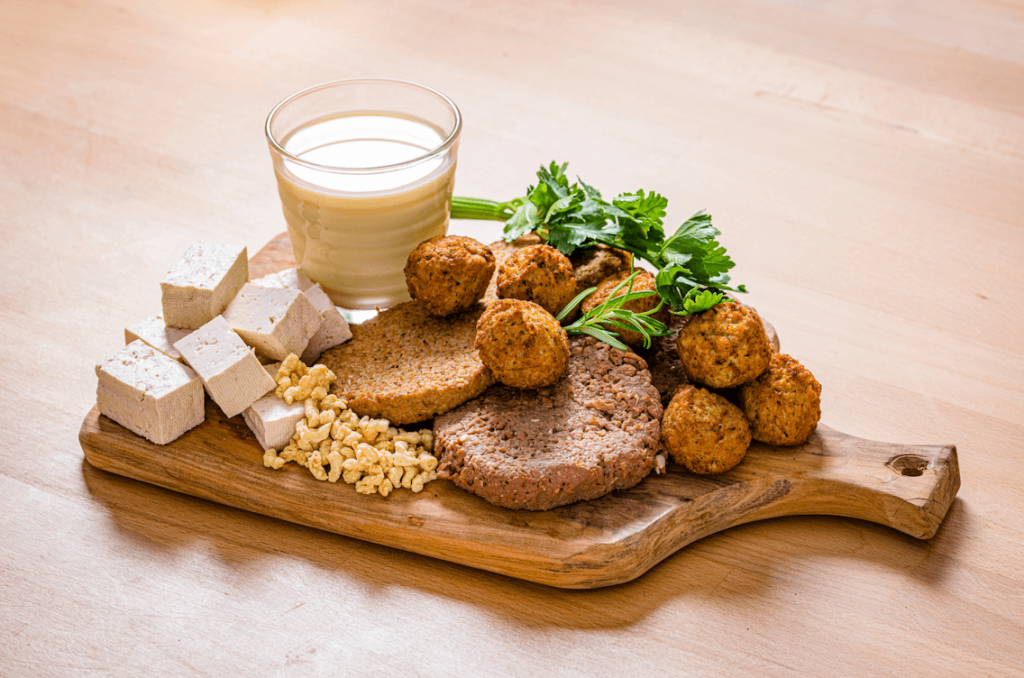
It’s crucial for GAA players to consider their individual dietary preferences, food allergies, and ethical beliefs when selecting protein sources. The best approach is to have a balanced diet that includes a variety of protein sources to ensure a wide range of nutrients.
Ultimately, consulting with a sports nutritionist can help tailor a nutrition plan that aligns with the specific demands of GAA, optimizing performance and recovery.
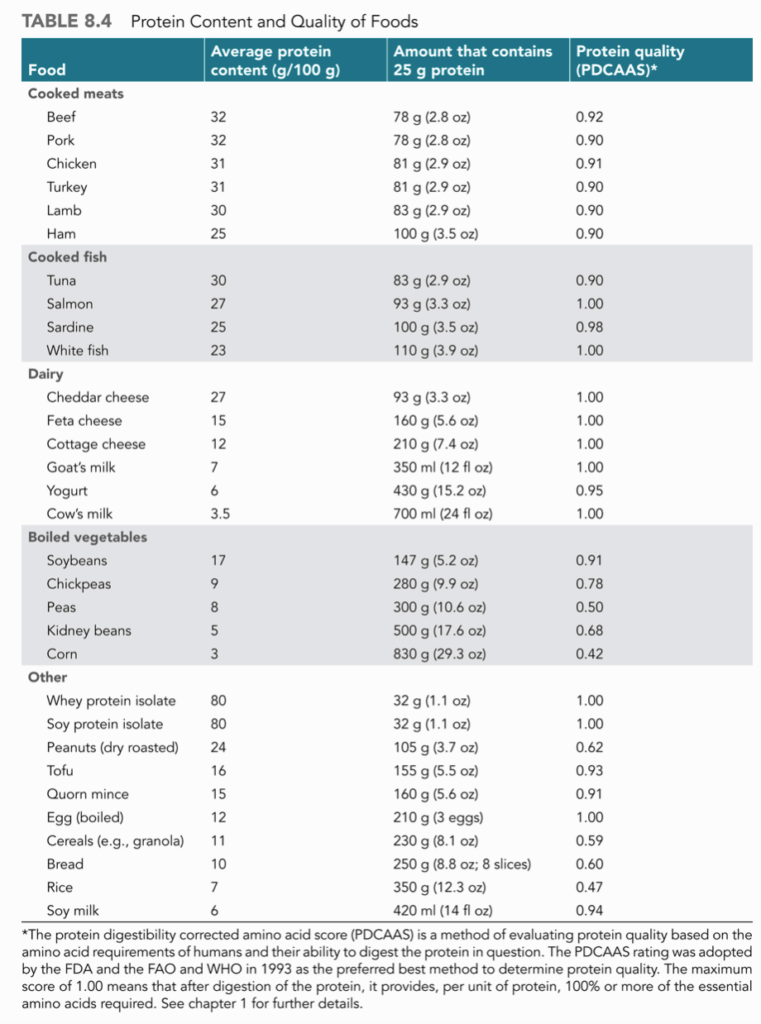
A lot to process? Get 1-1 GAA nutrition coaching
What should I eat the day of a GAA match?
| Phase | What to Eat | What to Know |
|---|---|---|
| Before the Match | Carbohydrate-rich meal (e.g., white pasta with prawns, spinach, and a small bit of pesto) | Consume 2 to 4 hours before warming up to ensure sufficient glycogen stores. Meal should be low in protein, fiber, and fat to minimize risk of gastrointestinal upset. |
| During the Match | 1-2 energy gels (if more than 60 mins), isotonic sports drink, or a few jaffa cakes | Aiming for ~30-60g of carbohydrates per hour is recommended if playing for more than 60 minutes. |
| After the Match | Carbs, Protein and foods rich in anti-inflammatory and antioxidant phytochemicals (e.g., berries, cherries, dark chocolate) | Focus on recovery with protein intake and carbohydrates to replenish glycogen stores. Hydration is also crucial. |
Before the match…
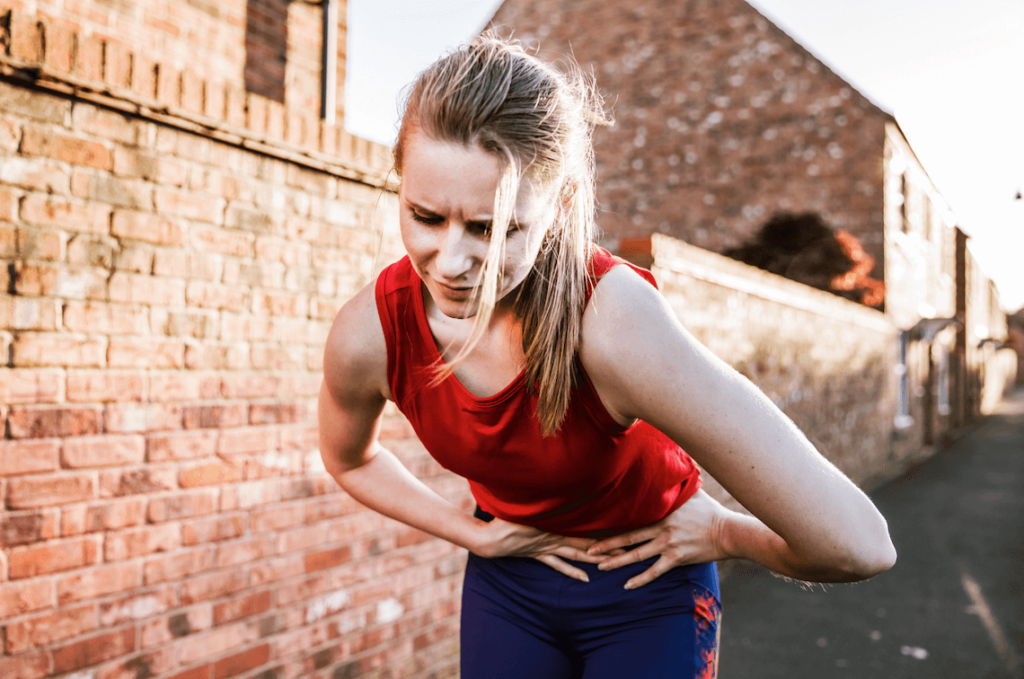
The exact timing and amount of carbohydrate consumed during this time should meet the individual preferences of the player. An example meal could be white pasta with prawns, spinach and a small bit of pesto. (See Recipe 2 Below)
The option of ingesting some carbohydrate within the hour prior to the match is an option also if the player has feelings of hunger. At this point though, it is of paramount importance that their carbohydrate of choice (whether that is liquid, chew or solid food) is easily digestible so that GI issues are avoided.

Additionally, it is important that the players start the match well hydrated. Before the match, aim to drink ~500 to 600 ml of water or sports drink 2 to 3 hours beforehand and an additional 200 to 300 ml of water or a sports drink 10 to 20 min before exercise.
During the match…
Outside of staying hydrated (which I will detail below), intra-match GAA nutrition is generally not needed unless:
a) You are playing Inter-county Football or Hurling or
b) The match has gone to extra-time (Camogie, Hurling, Football)
In both of these scenarios, the players will be exercising for more than 60 minutes which can warrant some extra fueling. As a general recommendation, aiming for ~30-60g of carbohydrates per hour would suffice. It is important that the choice of carb is easily digested, otherwise GI issues can potentially occur.
An example of this could be having 1-2 energy gels, isotonic sports drink such as Lucozade Sport or Powerade or even a few jaffa cakes. When trying any of these out, it is of paramount importance to do so in a training setting rather than on match day. A poor training session due to GI issues you can get over but there is more on the line on match day.
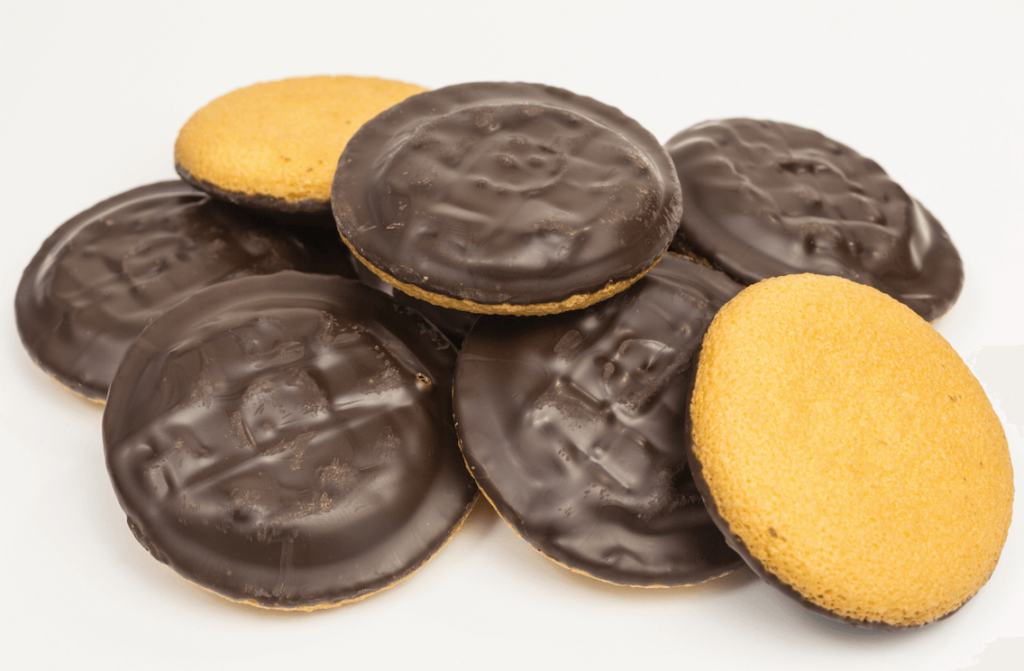
Once the match starts, the player should aim to consume a sufficient amount of water and/or glucose-electrolyte solutions (i.e., sports drinks) to maintain hydration status. It is difficult to recommend a specific fluid and electrolyte replacement quantity for a number of different reasons:
- Different exercise tasks are required for each individual player. For example, a goalkeeper will need considerably less fluid than a corner back and a corner back will need less fluid than a player in the centre of the field due to less running demands.
- Weather conditions can affect sweat rate and thus fluid intake so there is going to be a considerable difference between playing a match in February and July where the temperature can range potentially range anywhere from freezing to 30 degrees celcius.
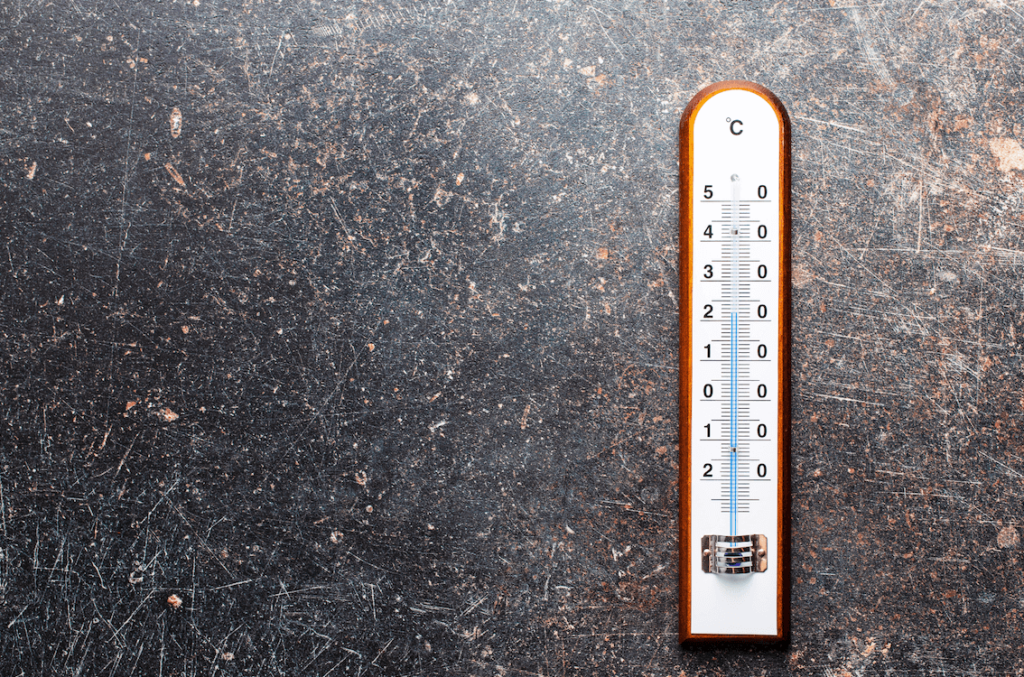
- Genetic predisposition and gender can both impact how much a player sweats. For example, women generally have lower sweating rates than men and players of a heavier bodyweight will sweat more than a player with a smaller bodyweight.
- The clothing and equipment that a player wears/carries varies between football and hurling/camogie. A football player does not have to wear a helmet nor carry a hurley for the game unlike a hurling/camogie player. Therefore less work is required of the football players body to keep the body cool which means they sweat less and thus consume less fluids.
- Running demands are similiar to that of Senior hurlers and Gaeilic football players. Thus, sweat rate will not be significantly different in this regard.
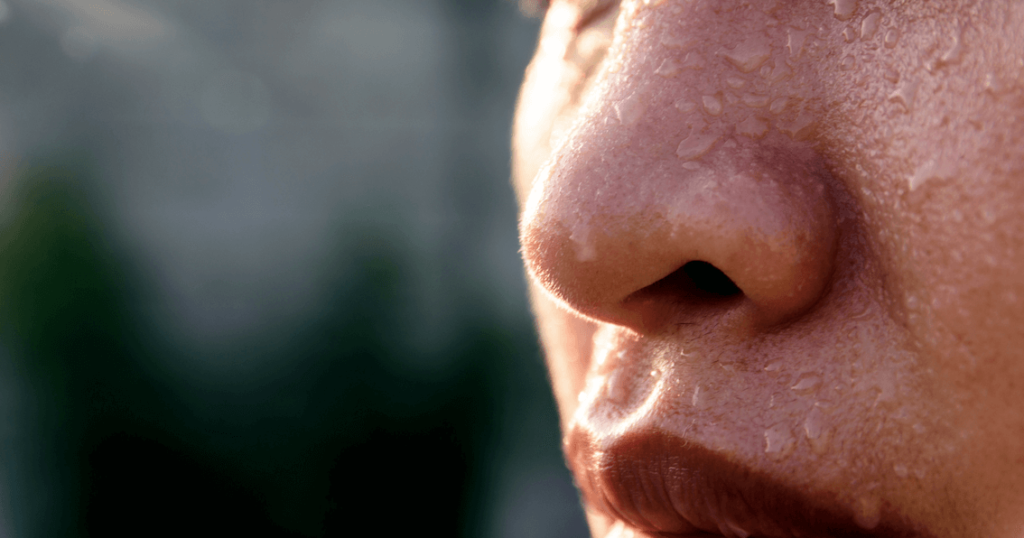
- And finally, a GAA players training status along with heat acclimatisation can affect their sweat rate and sweat electrolyte concentrations.
As a result, to maintain fluid balance and prevent dehydration, players need to plan on ingesting somewhere between 0.5 to 2 L/hour of fluid to offset weight loss which is a huge variation.
So, how do I know how much I should drink?
Players should weigh themselves prior to and following exercise training to monitor changes in fluid balance and then can work to replace their lost fluid. Doing this across a variety of playing temperatures will give the player a good idea of how much they should be consuming for each match. If their is excessive sweat loss (i.e.) >2% bodyweight reductions from baseline bodyweight then performance can be impaired.
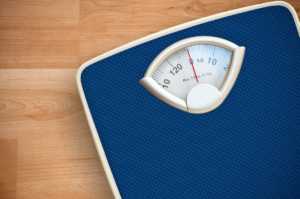
Once you have a rough idea of your fluid and electrolyte demands for the match you can then aim to evenly consume that quantity of fluid intake across the match. The half-time break is a perfect opportunity to get some liquids and possibly some electrolytes on board.
Depending on the individual and weather conditions, the player may need to consume some fluids every 15-20 minutes. Of course, that may not be possible depending on how the game is going or if the team does not have the resources to support the players during the game.
For example – having multiple water carriers can play an important role if several players are in need of some fluid and electrolyte replenishment during the game.
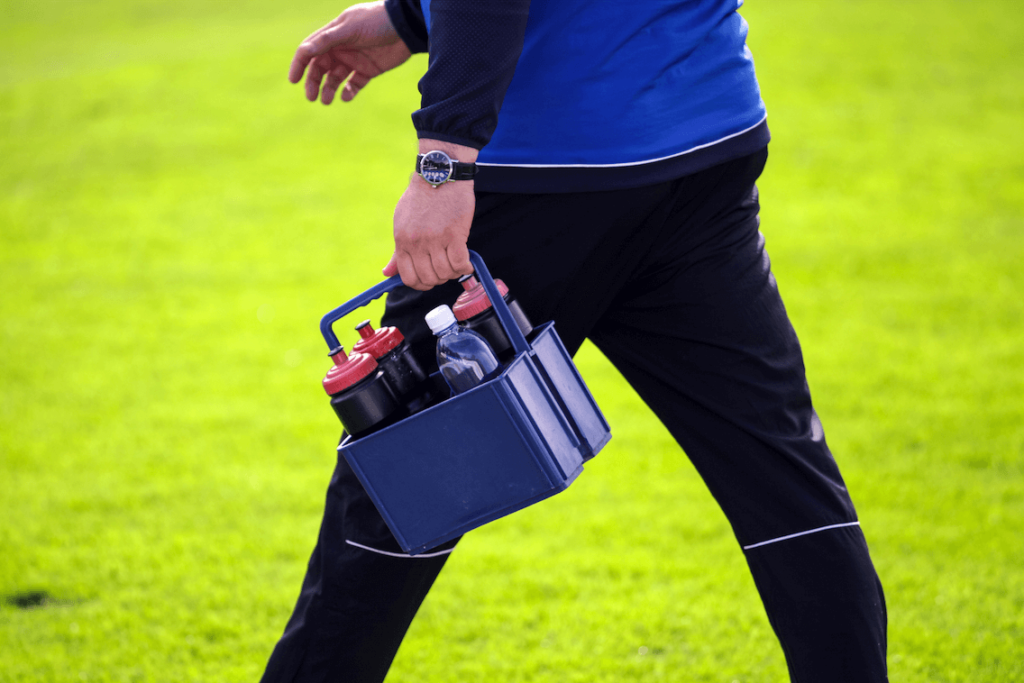
Players should not depend on thirst to prompt them to drink because people do not always get thirsty until they have lost a significant amount of fluid through sweat.
After the match…
The energy, carbohydrate and fluid lost can be easily replaced in post match meals. These losses are not a major issue because the next training session or match will likely not take place until at least 2-3 days later.
GAA Players often suffer from soreness due to eccentric exercise-induced muscle damage and soft tissue injuries from collisions and tackles during match practice or match play.
Structural muscle damage is difficult to prevent altogether, but muscle soreness and the magnitude of strength and power reductions might be reduced by nutritional strategies during the post-exercise period.
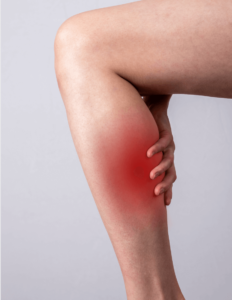
These strategies include the intake of protein and foods rich in anti-inflammatory and antioxidant phytochemicals.
Antioxidant compounds found in foods and beverages such as berries, cherries, cherry juice, dark chocolate, and green tea can reduce muscle damage and soreness. These food items are high in phytochemicals, many of which are polyphenols, such as flavonoids, flavanols, anthocyanins, catechins, and stilbenes. Several of these are more potent antioxidants than vitamins C and E.
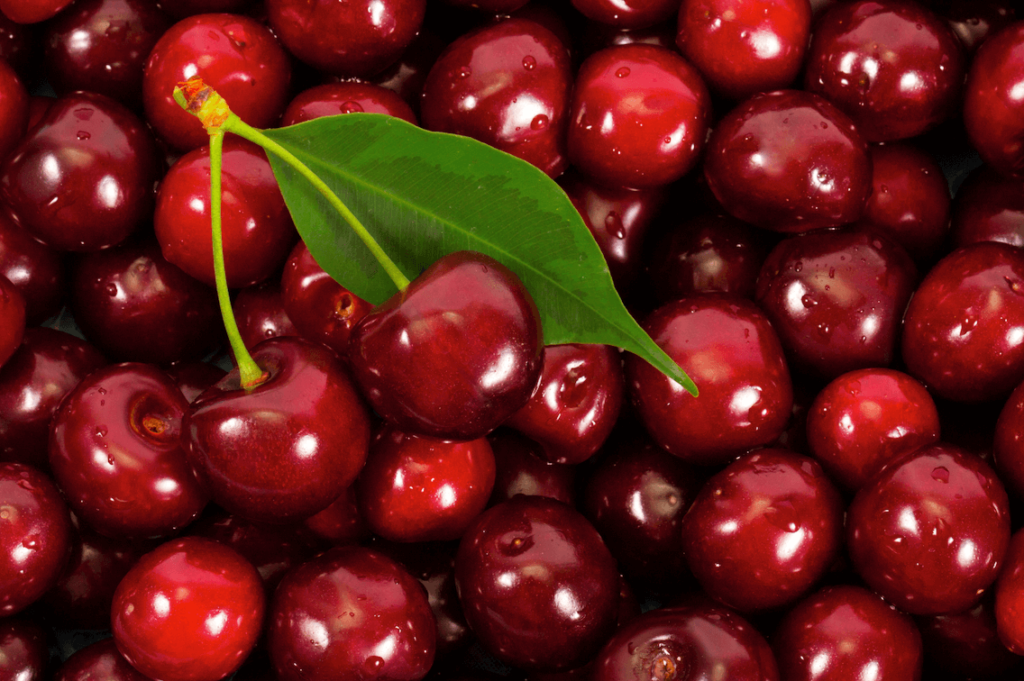
Some can be obtained in isolated form, such as quercetin, but until there is greater evidence to guide postexercise practices, it seems wise to choose food sources that contain mixtures of polyphenols and use these occasionally when the priority is to reduce soreness and hasten recovery before an upcoming match.
In other situations, such as during preseason training, high antioxidant intake should be avoided as this may interfere with muscle adaptation.
Appropriate timing, quality, and quantity of postmatch meals can play a critical role in recovery. This is especially applicable during periods when a GAA player may have 2-3 matches in one week (Most commonly, County players who are also playing for for their college too) or even 2 matches in 24 hours …
2 big games in 24 hours?
On a Friday night in November 2015, Stradbally beat Ballinacourty to win the Waterford Senior Football Championship. Less than 23 hours later they were competing in the Munster Senior Club Football Championship against Cork’s Nemo Rangers. In scenarios like this, timing, quality and quantity make a huge difference to performance on the field.
While this is a more extreme example, many club seasons are more condensed with the split season. Playing 2 championship games in less than a week is a reality for many players – especially come the business end of the season.
(Never mind if you’re still under 20, in college, play football and hurling and are on a county panel!)

Image Source: Eoghan Cormican, 2015
How to optimise nutrition for recovery
To optimize protein synthesis for repair and recovery, meals and snacks should be scheduled to target intakes of at least 20 to 25 g of high-quality protein in 3- to 4-hour intervals. Furthermore, consuming a high-protein meal that contains 30 to 60 g of protein prior to sleep can enhance overnight protein synthesis.
It is also needed to restore liver and muscle glycogen with carbohydrate intake and to begin this at an early stage of recovery, because muscle glycogen synthesis is impaired in the presence of muscle damage, which slows post-match recovery.
To quickly replenish glycogen stores, post-match meals should aim for a carbohydrate intake of about 1 g/kg of bodyweight per hour for 4 hours.
In addition, when the goal is to optimise muscle glycogen stores, daily carbohydrate intake should be increased from 5 g per kilogram of body weight/day to about 7 g per kilogram of body weight/day.

Fluids & recovery
The need for fluid replacement to replace sweat losses should also be addressed in the first hours of post match recovery. The aggressiveness to be taken depends on the speed that rehydration must be achieved and the magnitude of the fluid-electrolyte deficit.
If recovery time and opportunities allows, consumption of regular meals and snacks with enough volume of plain water will restore euhydration, provided the food contains adequate sodium to replace any sweat losses. If dehydration is considerable with a relatively short recovery time (<12 h) then aggressive rehydration may be warranted.
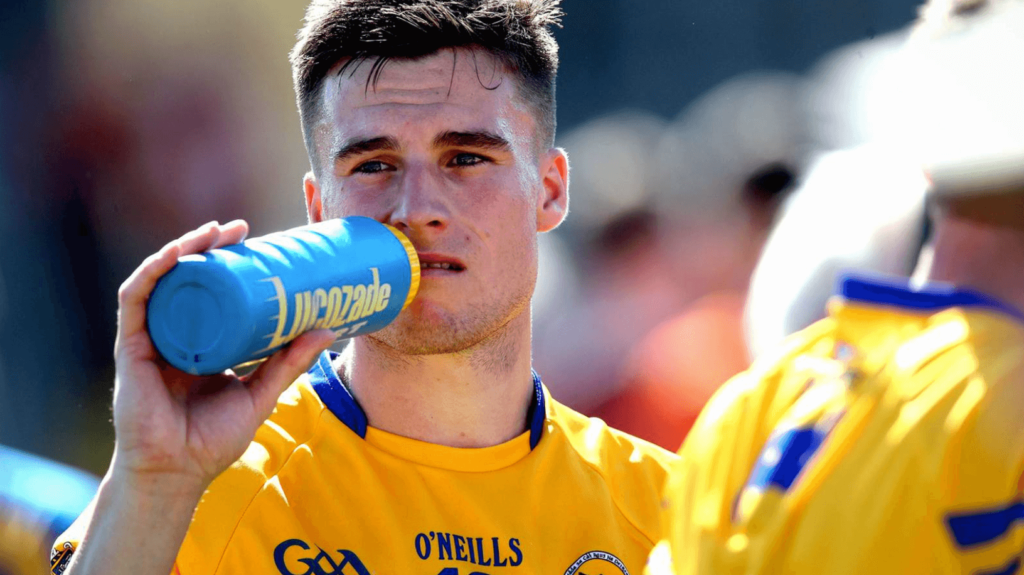
Sodium & Recovery
If a GAA player fails to sufficiently replace sodium losses then this can prevent the return to a euhydrated state and this can encourage excessive urine production. Consuming sodium during this recovery period will help retain any ingested fluids and help stimulate thirst.
A loss in sodium can be more difficult to assess than water losses, and it is commonly known that individuals lose sweat electrolytes at greatly different rates. Drinks containing sodium such as sports beverages (For example, Lucozade Sport can be helpful, but there are plenty of foods that can provide the necessary electrolytes. Adding in a little extra salt to meals and recovery fluids can be helpful when sweat sodium losses are high.
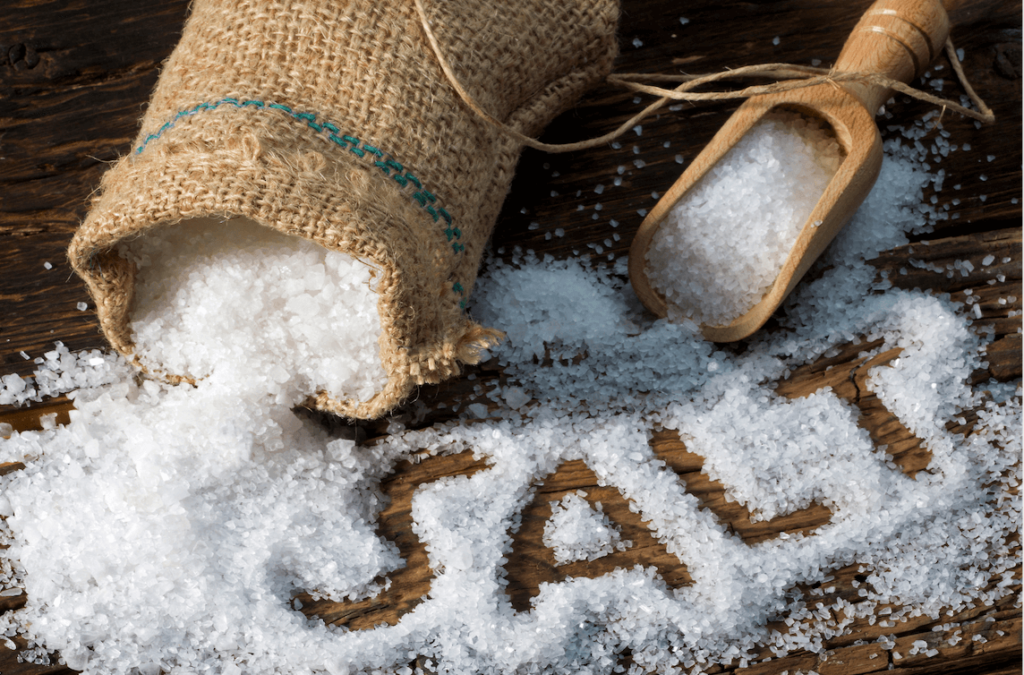
If a player is looking to achieve quick and complete recovery from dehydration then they should drink ~1.5 L of fluid for each kilogram of body weight lost. The additional volume is necessary to compensate for the rise in urine production which accompanies the quick consumption of large volumes of liquids.
Therefore, when it is possible, fluids should aim to be consumed over time (and with sufficient electrolytes) rather than being ingested in large amounts to maximize fluid retention. In the majority of cases the latter approach is not needed but if the conditions are aligned a certain way then this approach may be necessary.
In summary, if time allows you then consumption of regular meals and fluids will restore euhydration. Players in need of quick and complete recovery from excessive dehydration can drink ~1.5 L of fluid for each kilogram of body weight lost. Consuming beverages and snacks with sodium will help with accelerating rapid and complete recovery by stimulating thirst and fluid retention.
Nutrition for Post-Game Recovery Summarised
| Nutrient Type | How Much | What to Know |
|---|---|---|
| Fluids | ~1.5 L/kg of body weight lost | This amount compensates for the rise in urine production from consuming large volumes of liquids quickly. The goal is to restore hydration after sweat losses during the game. |
| Sodium | A pinch | Adding extra salt to meals and recovery fluids can help retain ingested fluids and stimulate thirst, especially important when sweat sodium losses are high. |
| Protein | 20 to 25 g every 3-4 hours; 30 to 60 g before sleep | Targeted intake helps optimize protein synthesis for repair and recovery. A high-protein meal before sleep enhances overnight protein synthesis. |
| Carbs | 1 g/kg bodyweight per hour for 4 hours; increase daily intake to about 7 g/kg | Quickly replenishes glycogen stores post-match. Increasing daily intake helps optimize muscle glycogen stores for recovery and future performance. |
| Antioxidants | A handful of berries | Focus on foods rich in anti-inflammatory and antioxidant phytochemicals (e.g., berries, cherries, dark chocolate). These can reduce muscle damage and soreness, aiding in quicker recovery. |
Get 1-1 GAA nutrition Coaching
Nutrition for GAA training vs match
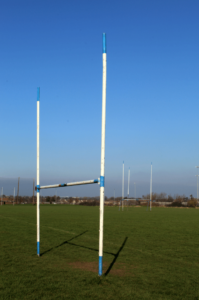
Firstly, when you are GAA training, this is an ideal opportunity for you to trial out new foods, new liquids and/or food/liquid quantities as doing this on match day can be risky business due to potential GI issues occurring. It’s better to have to run to the toilet during training than while you are playing a competitive match.
So, with that in mind, by practicing both your match-day nutrition in training, you are reducing the chances of developing any GI issues as well as limiting the stress that can accompany trialling out a new meal on match day.
The above is particularly applicable to your training session if it mimics the match in terms of intensity and duration. If that is not the case then some changes might be necessary.
For example, if you know that your training session won’t involve any high-intensity activity then you won’t need to consume as many carbohydrates beforehand and you more than likely won’t need any during it either. 1g of carbohydrates/kg of bodyweight should suffice in the 2-4 hours before you start.
You will more than likely still need to consume some water but again the quantity will be much lower in comparison to a high-intensity training session. Of course, other variables come into play such as the environment you are in, the weather conditions and the individual themselves.
3 Recipes for GAA Nutrition
If you’re looking for a tasty pre-match meal to have 2-4 hours before your match then look no further. Ingredient quantities are based on a female GAA player weighing 60kg and a male GAA player weighing 80kg
Recipe 1 Overnight Oats (minus the overnight)
Ingredients:
(Female, 60kg)
- 45g oats,
- 1 tsp chia seeds,
- 1 tbsp honey,
- 200ml low-fat milk,
- 1/2 scoop choc protein,
- 100g fat-free yoghurt,
- 1 square dark chocolate (80-90%),
- 1/2 cup blueberries
- Orange
(~630 calories)
(Male, 80kg)
- 80g oats,
- 1 tsp chia seeds,
- 1 tbsp honey
- 200ml low-fat milk,
- 1/2 scoop choc protein,
- 100g fat-free yoghurt,
- 1 square dark chocolate (80-90%),
- 1/2 cup blueberries
- Orange
(~785 calories)
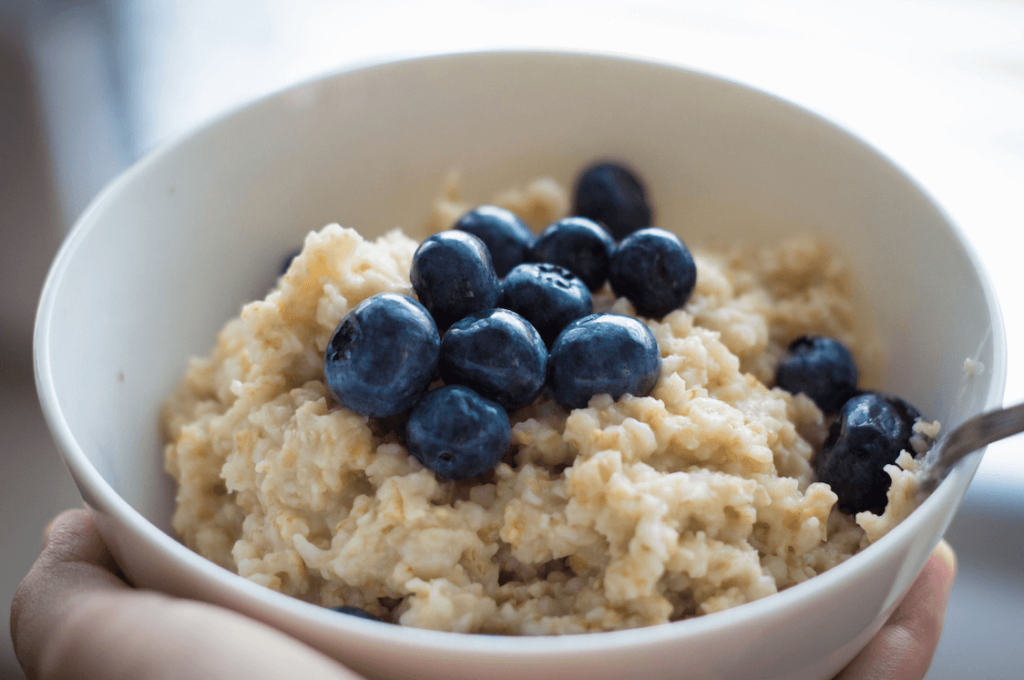
Preparation:
- Combine Dry Ingredients:
- In a mixing bowl, combine the porridge oats and chia seeds.
- Add Sweeteners and Liquid:
- Add honey to the dry ingredients.
- Pour in the low-fat milk to the mixture.
- Add the chocolate protein powder for flavor and a protein boost.
- Incorporate Yogurt:
- Spoon in the fat-free yogurt into the bowl. This will add creaminess to the oats and provide a good source of probiotics.
- Add Dark Chocolate:
- Break the dark chocolate square (80-90%) into small pieces and add them to the mixture. This will add a rich and indulgent flavor to the oats.
- Squeeze Orange Juice:
- Squeeze the juice from the orange into the mixing bowl. The citrusy flavor will complement the chocolate and add a refreshing twist.
- Stir Well:
- Use a spoon to thoroughly stir the ingredients until there are no clumps of protein powder, and all the ingredients are well combined.
- Refrigerate Overnight:
- Cover the mixing bowl with a lid or plastic wrap and refrigerate the mixture overnight. This allows the oats to absorb the liquid and flavors, creating a delicious and creamy texture.
- Serve:
- The next morning, give the overnight oats a final stir. If the mixture is too thick, you can add a bit more milk to achieve your desired consistency.
- Enjoy:
- Serve the overnight oats in a bowl and enjoy a nutritious and flavorful breakfast.
Recipe 2 Prawn, Pesto, Spinach Pasta
Ingredients:
(Female, 60kg)
- 150g king prawns (ready to eat)
- Ready to eat spinach
- 1 tbsp fresh pesto
- x1 slice (~20g) Low-fat cheddar cheese
- 180g Fresh pasta
(~550 calories)
(Male, 80kg)
- 150g king prawns (ready to eat)
- Ready to eat spinach
- 1 tbsp fresh pesto
- x1 slice (~20g) Low-fat cheddar cheese
- 250g Fresh pasta
- Fresh basil leaves
(~660 calories)
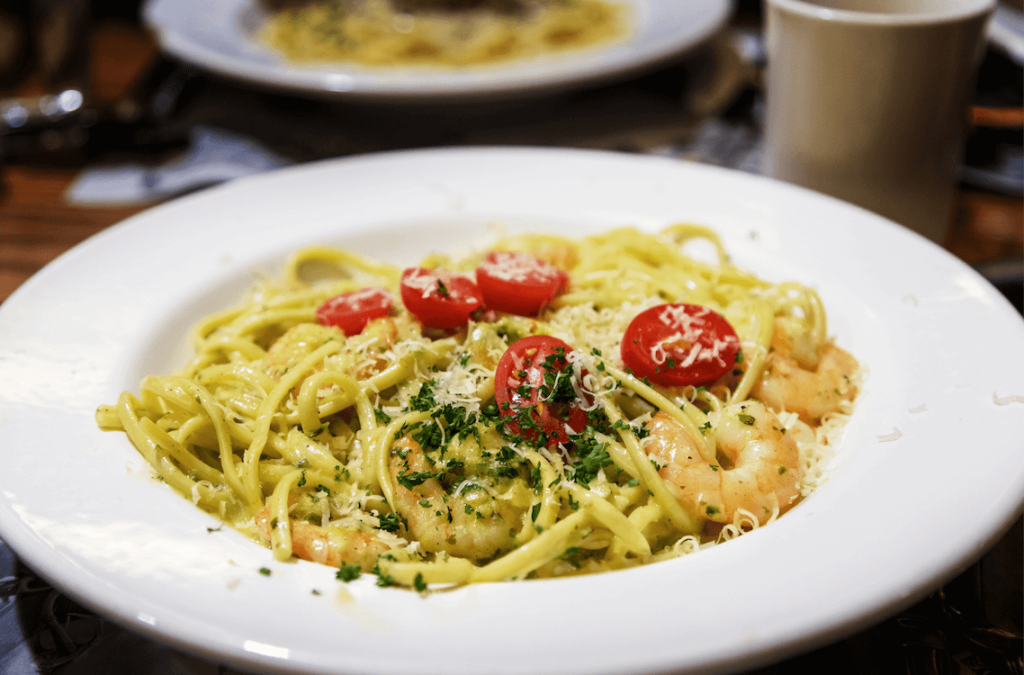
Preparation:
- Boil Fresh Pasta:
- Boil the fresh pasta in a saucepan for about 3 minutes or as instructed on the package. Add a pinch of salt to the boiling water for seasoning.
- Drain Pasta:
- Once the pasta is cooked, drain the water from the saucepan but leave about 2-3 tablespoons of it at the end. This reserved water will help create a light sauce.
- Add Prawns, Pesto, and Cheese:
- Add the ready-to-eat king prawns to the drained pasta in the saucepan.
- Spoon in the fresh pesto and mix it in, ensuring that the pesto is evenly dispersed throughout the meal.
- Add the low-fat cheddar cheese, allowing it to melt slightly in the warmth of the pasta.
- Incorporate Spinach:
- Toss in the ready-to-eat spinach into the pasta mixture. The residual heat will wilt the spinach.
- Mix Everything:
- Mix all the ingredients thoroughly, ensuring that the prawns, pesto, spinach, and cheese are evenly distributed.
- Garnish with Fresh Basil Leaves:
- Optionally, garnish the dish with fresh basil leaves. This will add a fragrant and herby touch to the pasta.
- Serve and Enjoy:
- Plate the prawn pesto pasta and enjoy your delicious and flavorful meal.
Recipe 3 Chicken Stir-fry
Ingredients:
(Female, 60kg)
- Half tablespoon of rapeseed oil
- 2 cloves of garlic (without skin and crushed)
- 1 chilli chopped up in small pieces (without seeds)
- 1 thinly sliced bell pepper (without seeds)
- 1 tablespoon of soy sauce
- 1/2 tablespoon sweet chilli sauce
- 70g uncooked white rice
- 1/2 teaspoon sized piece of ginger (without skin and grated)
- 150g boneless, skinless chicken
(~550 calories)
(Male, 80kg)
- Half tablespoon of rapeseed oil
- 2 cloves of garlic (without skin and crushed)
- 1 chilli chopped up in small pieces (without seeds)
- 1 thinly sliced bell pepper (without seeds)
- 1 tablespoon of soy sauce
- 1/2 tablespoon sweet chilli sauce
- 100g uncooked white rice
- 1/2 teaspoon sized piece of ginger (without skin and grated)
- 150g boneless, skinless chicken
(~650 calories)

Preparation:
- Prepare Rice:
- Cook the white rice according to the package instructions. Set aside.
- Marinate the Chicken:
- In a bowl, combine the soy sauce and grated ginger.
- Cut the chicken into bite-sized pieces and add them to the bowl, ensuring they are well coated in the marinade. Set aside for a few minutes.
- Heat the Pan:
- Heat the rapeseed oil in a wok or large pan over medium-high heat.
- Cook Chicken:
- Add the marinated chicken to the hot pan. Cook until the chicken is browned and cooked through, stirring occasionally. This should take about 5-7 minutes.
- Add Aromatics:
- Add the crushed garlic and chopped chili to the pan. Stir-fry for an additional minute until fragrant.
- Add Vegetables:
- Toss in the thinly sliced bell pepper. Stir-fry for 2-3 minutes until the vegetables are slightly tender but still vibrant.
- Sauce It Up:
- Pour in the sweet chili sauce, and give everything a good stir to combine. Cook for an additional 1-2 minutes.
- Combine with Rice:
- Add the cooked rice to the pan, tossing everything together until well combined and heated through.
- Serve:
- Once everything is cooked and well mixed, remove the pan from heat.
- Garnish and Enjoy:
- Garnish with fresh herbs, such as coriander, if desired. Serve the chicken stir-fry immediately.
Other common questions about GAA nutrition
Is Creatine good for GAA?
Yes, there are numerous performance benefits that GAA players can benefit from supplementing with Creatine Monohydrate:
1.Increase in strength. Considering Gaeilic Football, Ladies Football, Hurling and Camogie are all contact sports, an increase in strength can be the difference between you outmuscling our opponent and winning the ball or being outmuscled and losing the ball.
Strength training combined with creatine has shown to improve strength in comparison to resistance training alone.
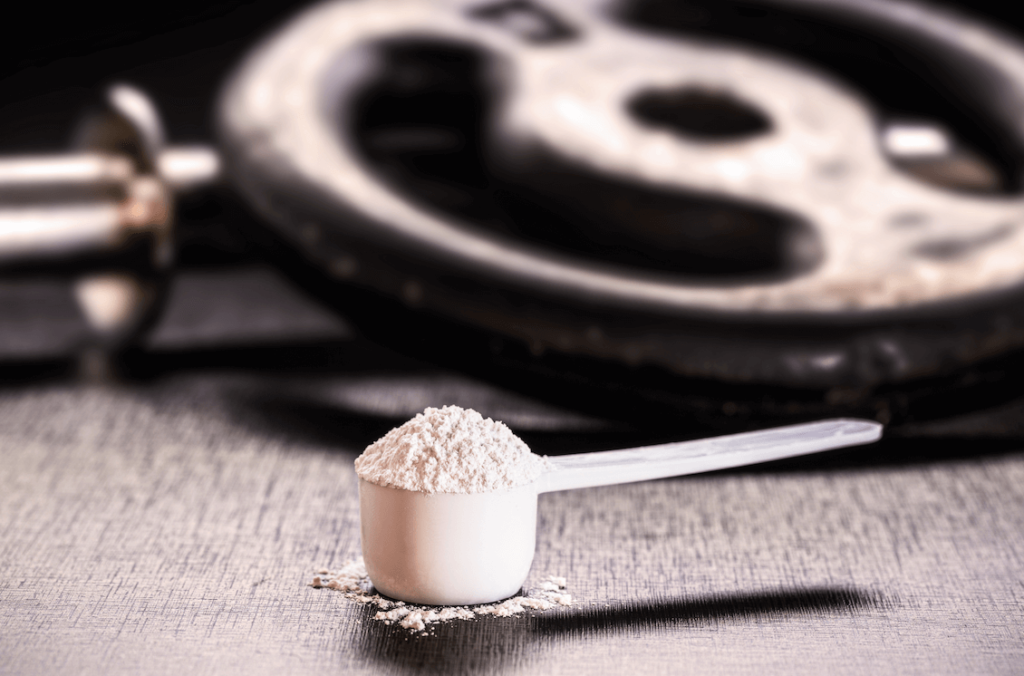
2. High-intensity exercise (sprints). GAA players are often required to sprint during games. Whether you are a corner forward looking to break away from your marker or a goalkeeper who needs to make it to the 20 metre line quickly, creatine supplementation can be helpful in improving sprint performance and sprint ability. Creatine has also been shown to improve jump height also, which is another advantage to have on the field.
3. Increase in muscle recovery. Creatine may also help improve muscle recovery between bouts of intense activity (e.g.) training, match, resistance training.
What is the body fat of a GAA player?
This can vary significantly at club level for both men and women.
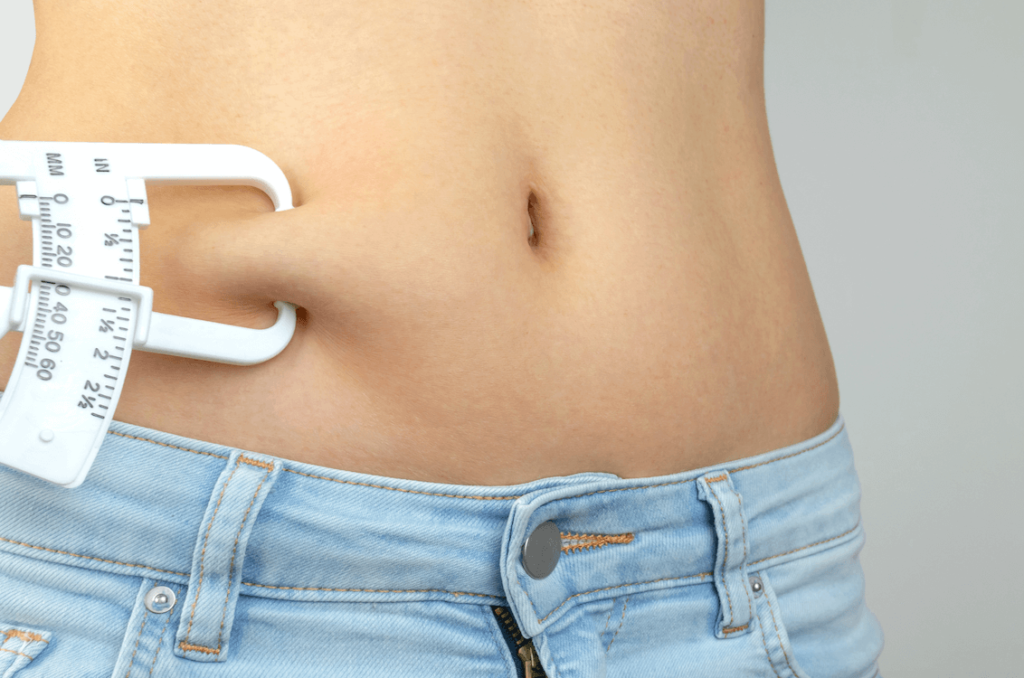
At county level, men generally tend to fall between ~10 and 12%. Ladies Gaeilic footballers fall between 21 and 26%. While camogie players vary a bit more at 18-28% body fat.
These figures can vary depending on the time of the year (i.e. on-season vs off-season) and also on the position the athlete is playing. For example, goalkeepers tend to have a higher body fat % than outfield players.
How long is a piece of string? Again, this can vary significantly depending on the individual, what position they play and their own individual goals.
For example, a female of 5’2 inches who exercises just once or twice a week, and who’s goal is weight loss may require a calorie intake as low as 1,200 calories while a 6’5 inch male who trains 6 days a week with double training sessions on a few of of those days and who’s goal is to gain some muscle may need ~4,000 calories/day.
As you can see, it varies significantly. It is for this reason why a tailored approach is needed for each individual player.

